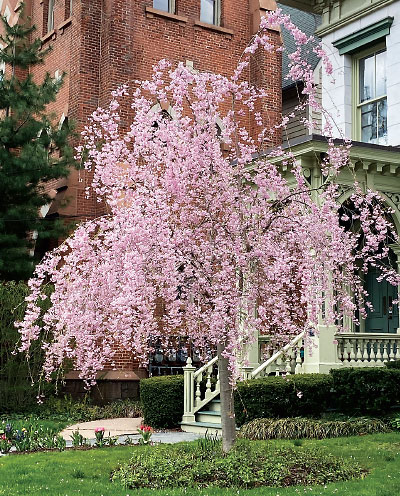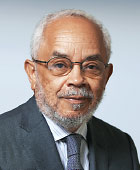Welcome Happy Morning
Abstract
It was like a rushing wind. I crossed the threshold of a church’s door on Easter Sunday this year and was met by a blast of joyfulness and hope. The noise of uncontrollable conversations. The rustle of paper. The to-and-fro of people undecided about where to sit. The crowd in the chancel placing chairs in a small and sacred space unaccustomed to the bustle. Different instruments and their owners invading where only laity usually appear. Oh yes, it was joy in the morning. Even the program handed to me at the door signaled the change. I was surprised by the shine on its cover and the original artwork sprinkled throughout its 24 pages. On the front cover was emblazoned “You Are Welcome Here,” and a quarter inch lower was the statement that masks are optional. In the center was a multicolored rendering of abstractions melded with the stone image of a cave. I could see inside because it appeared that the large stone blocking the entrance had been moved to the side.

Cherry Blossoms in New Haven, Conn.
What a contrast with the column I wrote in May 2020, which I called “My Fable of Contagion.” I wrote then about the experience in another church at the time of the pandemic’s appearance. I was preoccupied with the circumscribing of hope, the imminence of death, the upcoming isolation, the short-circuiting of rituals that had long symbolized community. The experience this year was summed up in the very first hymn. It referred to life and health of all, vanquished darkness, sorrow ended, days of lengthening light, and bloom in every meadow.
As the time came for the sermon, I readied myself for the usual documentation of the resurrection. The rector surprised us all. He just walked up into the pulpit and declared that life was good. We ought to embrace it, as well as the people around us. It may, of course, only be my interpretation, but I think I heard him say that in loving and enjoying life, we make God’s becoming man worth all the effort.
The service ended with Charles-Marie Widor’s organ piece, Toccata from Symphony No. 5, opus 42. Members of the congregation were crowded around the young organist, bearing witness to a resurgence of a community spirit and the resilience of an institution.
A week later, I attended a communitywide cherry tree music festival in one of the city’s parks. The day was sunny, with a brisk wind warm enough to encourage conversation and interaction through smiles and the occasional touch on the arm. One can always tell when people are relaxed in a park. The young families bring infants in prams and strollers. Spontaneous interchanges take place with minimal fuss. Police are generous, polite, and committed to helping the young, the old, and the disabled.
The musicians fitted right in as well. It was evident that they had been invited with an eye on representing the community, to showcase diversity without fuss. I liked the group that played Bomba, the percussion-driven musical tradition from Puerto Rico. Conga drummers were present, as was a musician playing the Bomba barrel with sticks. A group of three women led the chanting. I recognized that an effort was being made to get past the fear and isolation imposed by the pandemic. I noticed that pizza was on sale, along with hot dogs and other finger foods. I laughed when I saw the long lines one had to endure to reach the food. Not a person complained that others were too close for comfort.
I learned that the cherry blossom celebration had been in existence since the early 1970s and had become a major afternoon event, except during the pandemic years. Cherry blossom viewing, I was told, is common in other cities across the country. It derives from a very old Japanese custom of aristocrats enjoying the viewing practice and finding inspiration for their poetry writing. This year, I marveled at the constellation of institutions marking in unique fashions their celebration of life. In my saunter through the park, I noted the most improbable backdrop: music and dancers jumping for joy, untroubled by the fact that they were moving to their own rhythms. They were out of step with the sounds emanating from the stage. Who cared? Everything one could see was a testament to health and life. ■




